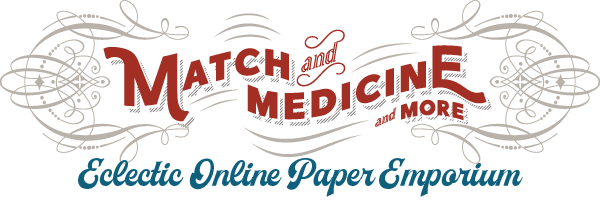Additional information
| Condition | VF, light stain, diagonal crease |
|---|---|
| Year | 1866 |
| Paper | india |
| Size | 3.25" x 2" |
$40.00
Born in Philadelphia, Pennsylvania, Felix Octavius Carr Darley began drawing in his youth. He moved to New York City, New York in 1848 and in 1850 he was invited to illustrate Washington Irving’s works ‘The Legend of Sleepy Hollow’ and ‘Rip Van Winkle’. He continued to illustrate works by Washington Irving but added James Fenimore Cooper, Nathaniel Hawthorne, Longfellow, James Whitcomb Riley, and Charles Dickens, to his client list. He also designed bank notes and bonds for the U.S. government. His work helped popularize icons such as the Pilgrim, the Pioneer, the Minuteman and the Yankee Peddler. He became one of the best-known illustrators of his time, so great was the demand for Darley’s work that new books were promoted as illustrated by Darley. The Philadelphia Inquirer noted that Darley “dominated American illustration for nearly a half-century.”
The Continental Bank Note Co. was founded in January, 1863, by the members of firms who did independent engraving. The main office was at 142-146 Greenwich Street, New York City. In 1866 the firm had a Nassau Street office, and in 1873 it had a printing plant on William Street. During 1874-76 the firm also had a plant at 120 Broadway. The Revenue Act of Feb. 25, 1862, authorized an issue of legal tender notes in denominations of $5 to $1,000. To compete for this new business, against the American and National Bank Note Companies, conditions warranted the smaller firms to consolidate, which they did, and operations commenced in March, 1863. On April 11, 1863, Continental submitted models and bids i, competition for the Treasury notes. On May 26 it was awarded a contract for the only notes authorized-the National Currency $5 and $10 notes. During the 1860s, Continental also had contracts for tax paid revenue stamps. It submitted bids and models for the 1869 issue of postage stamps but was unsuccessful. In January, 1873, Continental was successful in securing the contract for postage stamps, and again in 1877 it secured the contract. At the time of the merger with the American Bank Note Company, the contract was transferred to that firm for fulfillment. During the existence of the Continental Bank Note Company, it had some of the ablest designers and engravers on its staff. Many continued their profession with the American Bank Note Co.
| Condition | VF, light stain, diagonal crease |
|---|---|
| Year | 1866 |
| Paper | india |
| Size | 3.25" x 2" |
